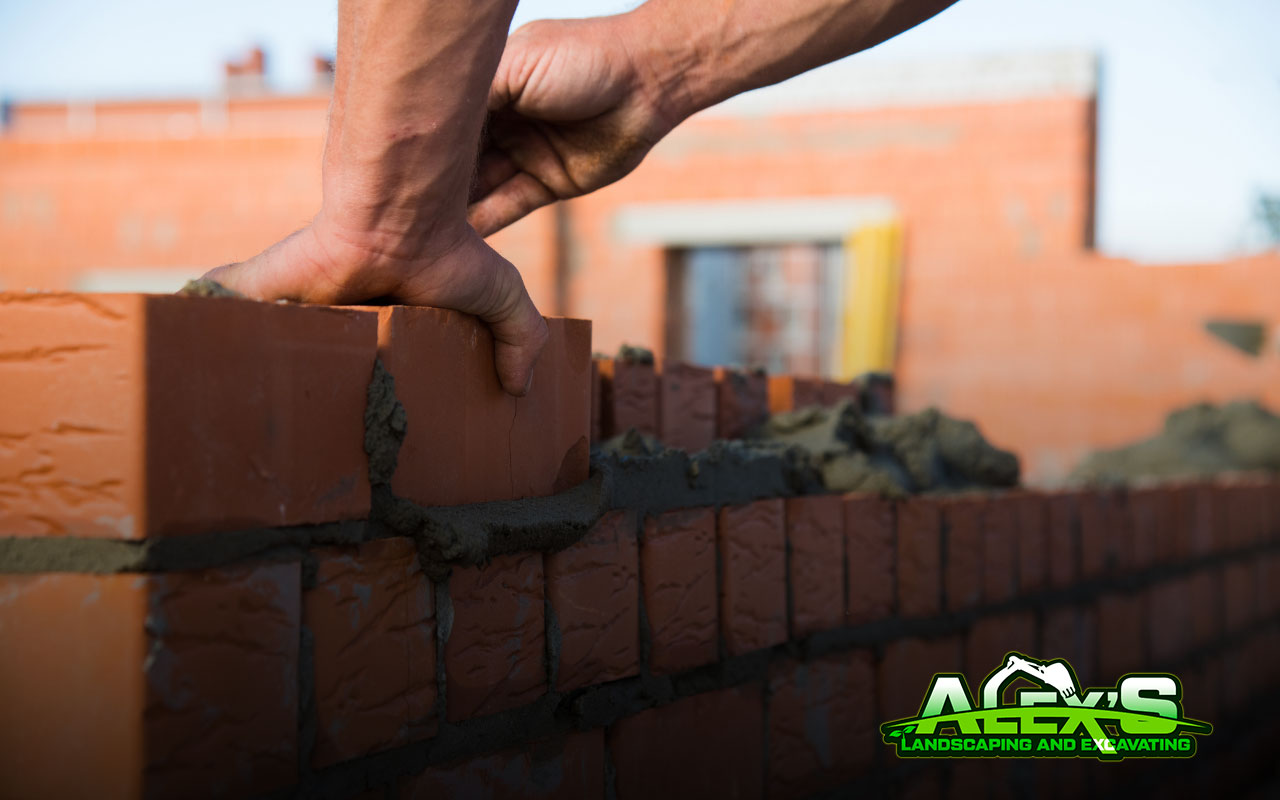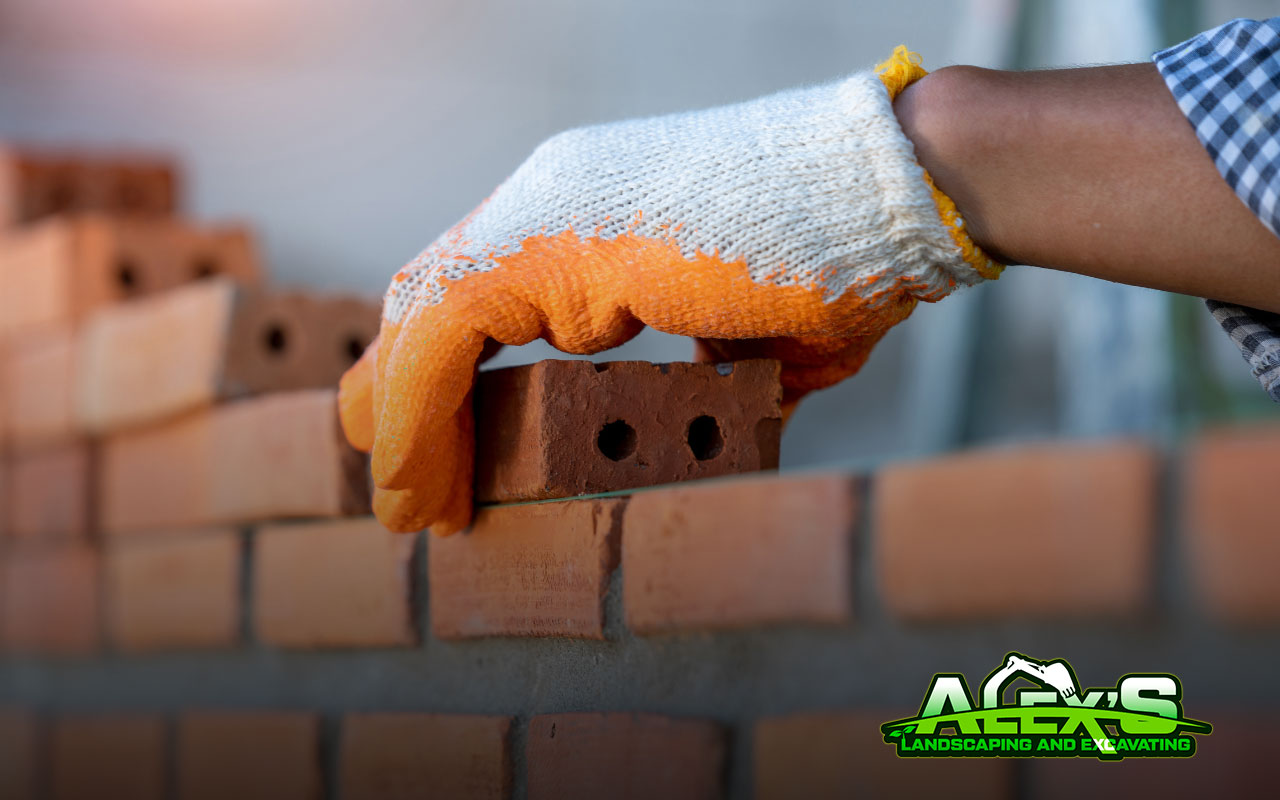
What Is Brick Masonry? Best Information that you Need to Know
Brick Masonry is a form of masonry work that divides space into various sizes by laying a series of bricks of different thicknesses.
There are different types of bricks, a brick, you could say that is similar to a concrete block although of smaller size and different material, but this can give you a closer idea of what we will be talking about.
Therefore, buildings use this material as a form of construction, especially in apartments, because these types of building materials are light and can avoid transferring loads from the superstructure.
They also allow for the easy opening and closing of windows and doors. Because bricks are all the same size, you can have the perfect shape easily, allowing you to save money and space.
As you can see, brick masonry is a very interesting art. Keep reading to learn more details.
Brick Masonry 101
If you’re a newbie to brick masonry, you may be wondering: “What Is Brick Masonry?” The answer is simple. It’s the method of construction using bricks and mortar. This type of masonry requires mixing a mixture of mortar with water to create a smooth plastic substance like clay bricks.
A half brickbat is at the start of an alternate layer when using the stretcher technique. This technique helps to keep vertical joints from overlapping.
Brick Techniques Differences and Similarities
In brick masonry, bricks are laid in a specific order. Similarly, there are brick-laying techniques referred to as English bonds.
They are similar to each other, but they are slightly different. The main rule of bricklaying is to lay bricks in straight lines. Vertical and horizontal joints should be even, and they should not overlap.
In addition, the height of the masonry should not exceed 1.5 meters. Contact us for personalized information!
Characteristics of Bricks
Unlike stones, bricks are uniform in size and weight. Additionally, they are widely available in cities, reducing transportation costs.
These characteristics are why they are the most popular choice for homes and buildings. It is easier to form openings and walls in bricks. It is also less costly to use fewer bricks than other methods.
Benefits of Brick and Common Uses
It’s commonly used for aesthetic purposes in home remodeling projects; there are even other materials on the market that have the appearance of bricks to be used for decorative purposes.
As a result, masonry can save you up to 30% on construction costs. Once you know what Brick Masonry is, you’ll be able to build the home of your dreams.
Methods to Use Brick Masonry

A good brick wall is made up of many bricks of different thicknesses. In brick masonry, the bricks should be staggered one-fourth of their thickness. A brick wall should have a flat surface. It should not be bumpy.
If you plan to use the stretcher method, you should lay the bricks in a diagonal pattern. The stretcher bond is more common than the straight bond because the horizontal joints overlap.
Veneer wall consists of one-layer bricks tied to wooden or steel studs. The inner layer of a brick wall bears the weight of the structure.
The outer layer of bricks is particular for aesthetic purposes. A brick wall should also have a solid, firmly constructed base. A wall that is built with a veneer is considered a veneer. It looks like the exterior of a building has to use the same process.
Popular terms in Brick Masonry
The vertical joints of brickwork are known as perpends. The horizontal distance between two walls is known as a lap. The closer, or brick in masonry, is a piece of brick that keeps the bond from separating vertically. A half-bat or three-quarter bat is a half-bat joint. Double bullnoses, also known as cow noses, are a kind of bullnose. While a double bullnose is more like a cow nose, a triple one is called a double bullnose.
A brick wall should have a header and a stretcher; they overlap a fourth of the bricks while a stretcher breaks the alignment. A wall with horizontal joints is also a header bond. A corresponding header bond exists for the corner portion of a wall. Then, a stretcher will stay for the top part of the wall.
The Bricks for Masonry Have Various Shapes and Colors.
In a 9-inch (20 cm) wall, the mortar is made of a full brick. The mortar is the most common type of bonding, and the headers of a wall are the only things visible on the front side.
A 3/4 piece of brick prevents the continuity of the vertical joints. A full-brick wall is also very sturdy, and you will find that it is possible to lay a second course over the top of the previous one.
Masonry Construction as Part of the Aesthetic Facade of your Home
In addition to the many benefits that brick masonry offers, we can see the aesthetic and visual part that brick walls give in certain places of homes, usually used in front gardens and patios, which gives a rustic and distinguished touch.
Others even leave the brick partition walls uncovered by polishing the bricks and applying a type of varnish, which gives a modern and urban style to houses and apartments; usually, these walls are filled with decorative pictures that create a unique and very pleasant space.
Get in Touch With Us
If you need help with your brick masonry project, you can contact our team of experts. We have all the tools and experience to provide the best results. Don’t hesitate to call us and learn more about brick work and mortar. We have different options depending on your needs!
With us, you can obtain results that will last forever. Call us and get a free quote! Take a look at our other services and verify our outstanding assistance. Get in touch with us to receive the best Information to know before starting your project!
